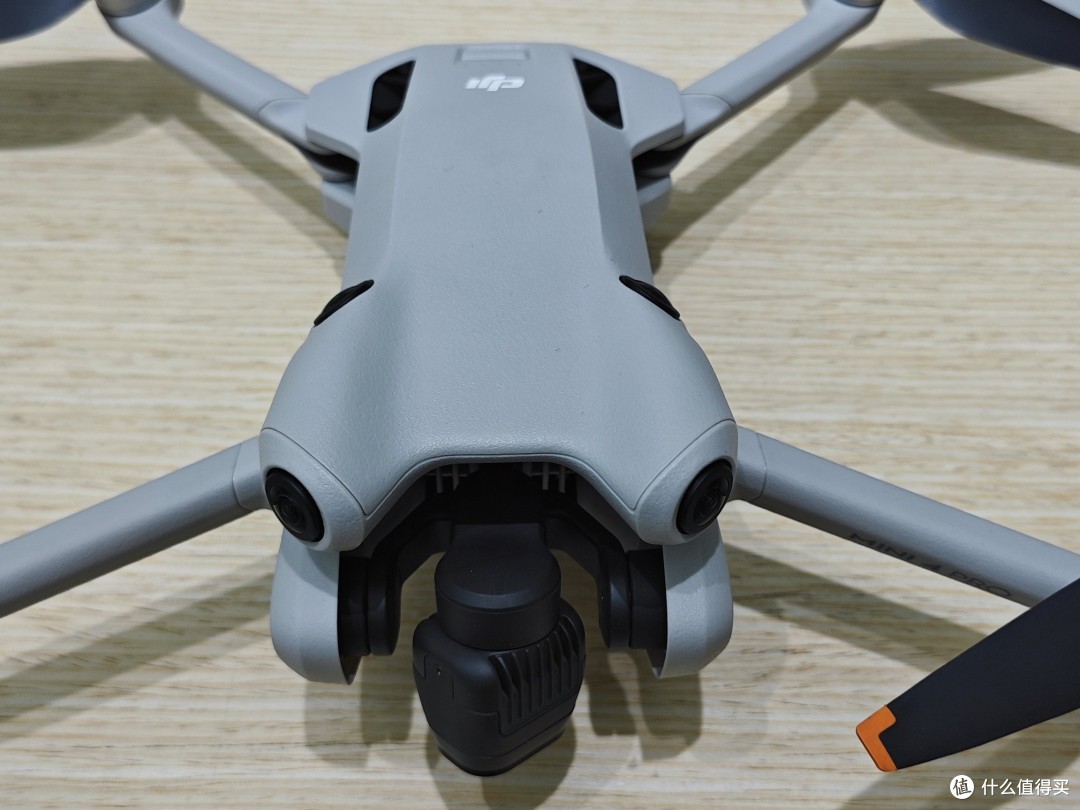When considering the paramount importance of drone defense mechanisms, it’s crucial to examine the innovative strategies that have recently been unveiled to enhance security measures against unauthorized aerial threats. The rise in commercial and recreational drones has made the need for robust drone defense systems imperative. As infrastructures, government facilities, and private sectors face increasing risks from drone intrusions, new technologies have emerged to mitigate these threats effectively.
Technology in Drone Defense
Recent advancements in drone defense systems encompass a variety of technological solutions aimed at identification, tracking, and neutralization of potential drone threats. Radar systems have been updated to detect small UAVs with high precision. Coupled with this, visual recognition software has advanced to identify and classify drones based on their flight patterns and physical characteristics. These systems form the first line of defense in a comprehensive drone mitigation strategy.
Integration of AI in Detection
Artificial Intelligence (AI) plays a significant role in modern drone defense strategies. AI-based algorithms enhance detection capabilities by differentiating between drones and birds, thereby reducing false alarms. Such systems can also predict potential flight paths, allowing for preemptive measures to be deployed in real-time. The integration of AI ensures that drone defense systems are not only reactive but also proactive in threat management.
Another innovative aspect of drone defense includes the use of geofencing. Geofencing technology creates a virtual barrier around sensitive areas, preventing drones from penetrating these zones. Any attempt to cross a geofence triggers automatic alerts, enabling security personnel to respond swiftly. This technology is particularly useful in protecting facilities like airports, prisons, and military bases.
Counter-Drone Techniques: Physical and Electronic
Physical countermeasures such as anti-drone nets have been deployed to capture unauthorized drones safely without damaging them. These nets are fired from ground-based or handheld launchers, entangling the drone and bringing it down gently. On the electronic front, jamming devices are used to disrupt the signals between the drone and its remote control. By breaking this connection, these devices render the drone inactive, preventing potential threats.
Moreover, advancements in laser technology are being employed as a precise method to disable drones. Laser systems can target a drone’s power source or sensory equipment, effectively neutralizing the threat without collateral damage.
Challenges in Implementing Drone Defense
Despite advancements, implementing drone defense systems poses several challenges. One of the primary issues is ensuring that defense measures do not interfere with legitimate drone operations, which are integral to many industries today. The balance between security and operational freedom is delicate and requires ongoing adjustments.
Furthermore, legal frameworks around drone defense are still evolving. Countries and regions have varied laws regarding the interception of drones, which complicates the deployment of defense systems. It is crucial for stakeholders to consider these legal aspects during the implementation phase.

Novel Applications and Future Prospects
The future of drone defense holds numerous possibilities, particularly with the continuous innovations in technology. As systems become more sophisticated, they will offer greater accuracy and control, reducing the likelihood of accidents and enhancing overall efficiency. Collaboration among tech companies, governments, and research institutions is expected to lead to the development of highly secure environments.
Drone defense technologies are not just limited to security applications. There are promising uses in wildlife conservation, where these systems can track drones used in poaching activities, thereby protecting endangered species.
FAQ
Q1: How can AI enhance drone detection?
AI enhances drone detection by accurately identifying flight patterns and differentiating drones from other airborne objects, thereby reducing false alarms.
Q2: What are geofencing advantages?
Geofencing provides secure virtual borders, automatically alerting authorities when drones enter restricted areas, enhancing real-time response capabilities.
Q3: Are there legal challenges in drone defense?
Yes, legal issues arise from the interception of drones as laws vary internationally, making it important to consider these aspects for deployment compliance.